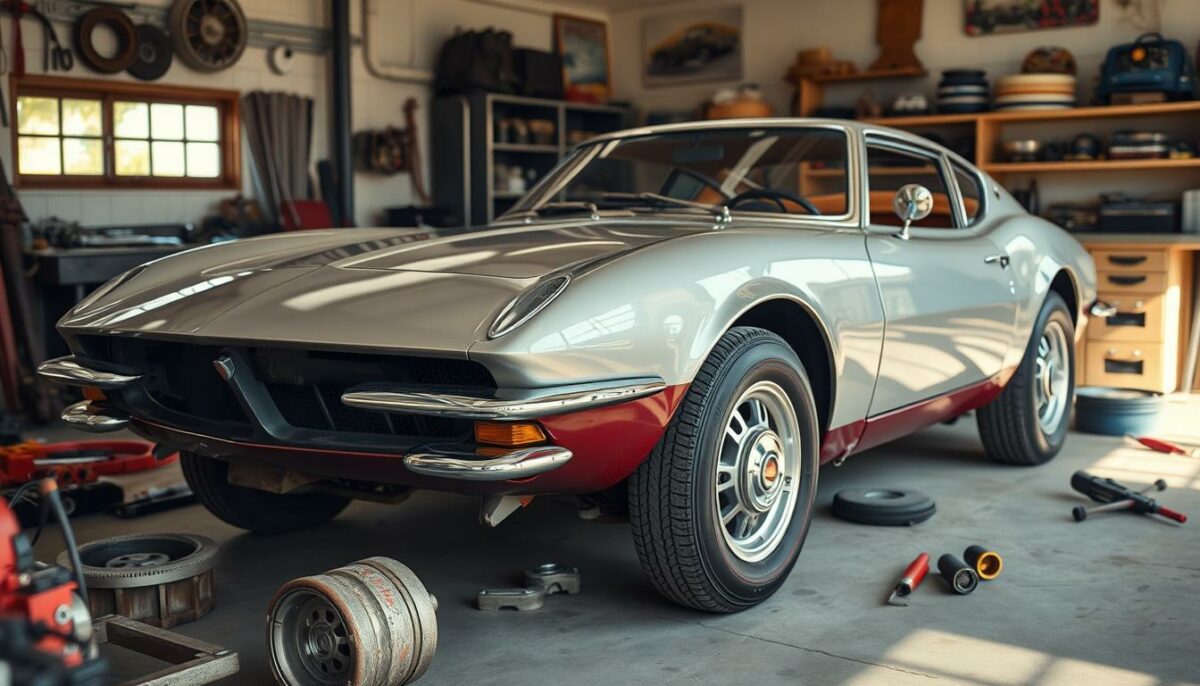To bring the Studebaker Avanti to life, Raymond Loewy assembled a skilled team of designers:
- John Ebstein: Co-supervisor alongside Loewy, ensuring the project met the high standards expected.
- Bob Andrews: A designer and clay modeler, contributing hands-on expertise to the car’s physical form.
- Tom Kellogg: A talented student from the Art Center College of Design in Pasadena, offering fresh ideas and perspective.

The Design Process
In their design sessions, conceptual panels adorned the walls, serving as visual references while Loewy outlined Studebaker’s vision and his specific design objectives. His guidelines emphasized simplicity, aerodynamics, and modern aesthetics, including:
- Minimal Chrome: Reducing unnecessary decorative elements.
- Streamlined Silhouette: Accentuating a wedge shape with a long, sloping hood and a tucked-under rear.
- Aircraft Inspiration: Overhead instrument panels and aircraft-style console levers.
- Racing Influence: Pinched waistlines reminiscent of Le Mans racing cars.
- Space-Age Details: “Reentry curve” wheel openings for a futuristic appeal.
- Clean Lines: Simple disc wheels and off-center hood panels for a unique touch.
Refining the Vision
Some of Loewy’s concepts were modified during development:
- The quad headlights were omitted.
- Fender flares were removed at the insistence of Robert Doehler.
- Sherwood Egbert, Studebaker’s president, shortened the rear and adjusted the windshield rake to achieve a more refined and practical design.
A Collaboration of Creativity
The resulting Studebaker Avanti was a strikingly modern vehicle that combined innovative engineering with cutting-edge design. It stands as a testament to the collaborative efforts of Loewy and his talented team.
